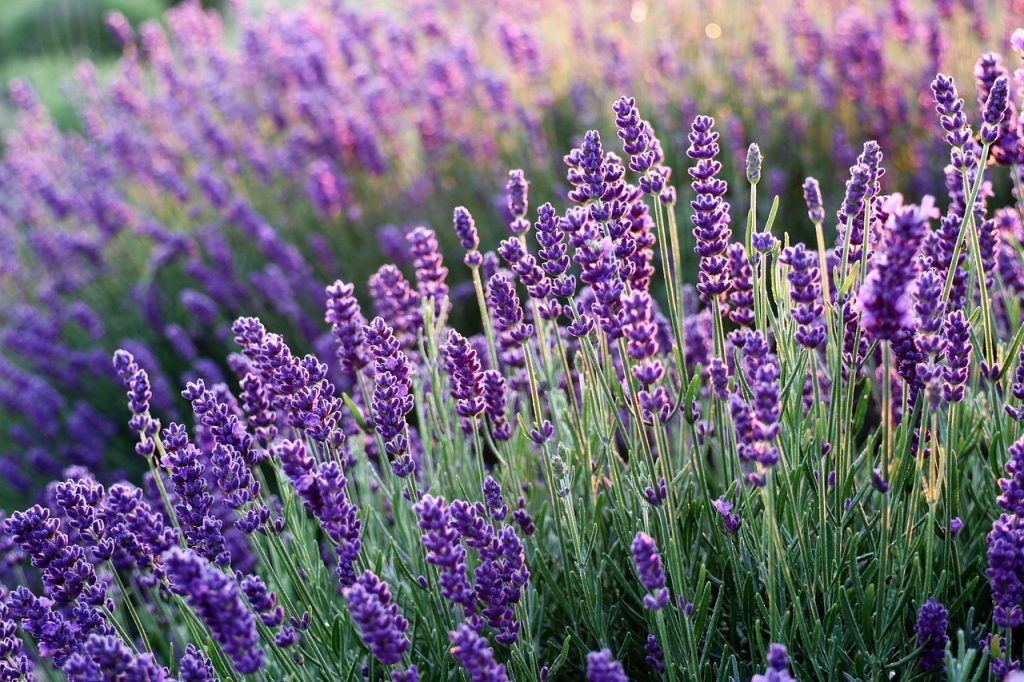"I breathe in and come to rest. I exhale and smile. Returned home to the now, this moment becomes a miracle."
Thích Nhất Hạnh
What actually is Pranayama?
The term is composed of prana (breath, vigor, energy or strength) and ayama (stretch, expansion, length, width or even control). So pranayama simply means to control and increase the life energy. And we can achieve this through breathing exercises (pranayama).
Why do we actually need breathing exercises?
B.K.S. Iyengar writes in his book “Light on Pranayama”, […] that in the course of technological development, modern life has become an endless competition, which brings with it a growing overstress […]. It’s hard to live a life of balance . Anxiety and illness take hold more and more and damage nerves and circulation. In desperation, people become addicted to psychedelic drugs, smoking and drinking, or rampant sex to get relief. This can distract you for a while, but the reasons remain unresolved and the suffering returns. Pranayama really remedies these problems. It cannot be learned by arguing and discussing, but wants to be mastered in patient and careful effort […].
The German Green Cross draws attention to the fact that shallow breathing affects well-being. Hardly anyone breathes correctly by instinct these days. Shallow breathing gives us headaches and tension. Often we lead a virtually “breathless” life, driven by stress and time constraints. Source: https://dgk.de/presse/archivpressedienste/2007-jahrgang-48/dgk-jg-48-4-2007.html
What are the breathing exercises and what effect does pranayama have?
Many pranayamas, or breathing exercises, have been developed. Just as different asanas (physical exercises) help in different situations, different breathing exercises have been devised to meet the changing conditions in life.
The general effects of pranayama is to stimulate the digestive organs, allow the muscles to relax, promote concentration, improve blood circulation, increase oxygen intake and strengthen the lungs.
The goal is a long, steady (dirga) and gentle, subtle (suksma) breath.
If we let the inhalation become longer than the exhalation, it strengthens concentration and has an energizing effect. If we let the exhalation become longer than the inhalation, this breathing technique has a calming effect.
Breathing exercises:
Here are two breathing exercises you can do while sitting and lying down.
If you want to lie on your back, let the small toes of your feet sink towards the floor. Your spine lies completely on your yoga mat. If you have problems with your lower back, put a pillow under your knees.
If you prefer to sit in a chair, stay in an upright sitting position. Pull your chin a little towards your sternum and your shoulders drop back and down in a relaxed manner. Always try to breathe in and out through your nose.
Important: Please do not put pressure on yourself, relax. It may take some time here for your breathing to flow harmoniously. Caution is advised if you are pregnant, a smoker, or suffer from blood pressure problems or heart problems. Check with a doctor here to see what is possible.
Abdominal breathing:
Place one hand on your belly and breathe deeply into your belly for 2-3 seconds. Breathe out again for 2-3 seconds. As you exhale, slowly pull your navel gently toward your spine. Start with 1 minute. You can slowly increase the breathing exercise for you.
This breathing exercise harmonizes the internal organs, can increase your lung volume and can lower blood pressure.
Purna breathing (Purna means abundance or infinity):
1. place both hands on the abdomen and begin abdominal breathing for 10 breaths.
Now place both hands on your ribs of your chest. Now breathe into your chest for another 10 slow breaths. Feel the quality of your breath.
3. now you can put your hands on your collarbones on the tops of your lungs. Now breathe down to your collarbones for another 10 slow breaths. Again, consciously feel how your breath feels.
Now connect the 3 different breath movements into one breath. Start inhaling at the collarbones and breathe across your chest into your abdomen. Breathe out from your abdomen, through your chest, to your collarbones.
This breathing exercise can also lower your blood pressure, help you fall asleep, relieve tension and calm your heartbeat.

Have fun practicing. Be patient and constant (dirga). Feel free to tell me how you did while practicing.
Click here for the 2nd part of the Pranayama series.






